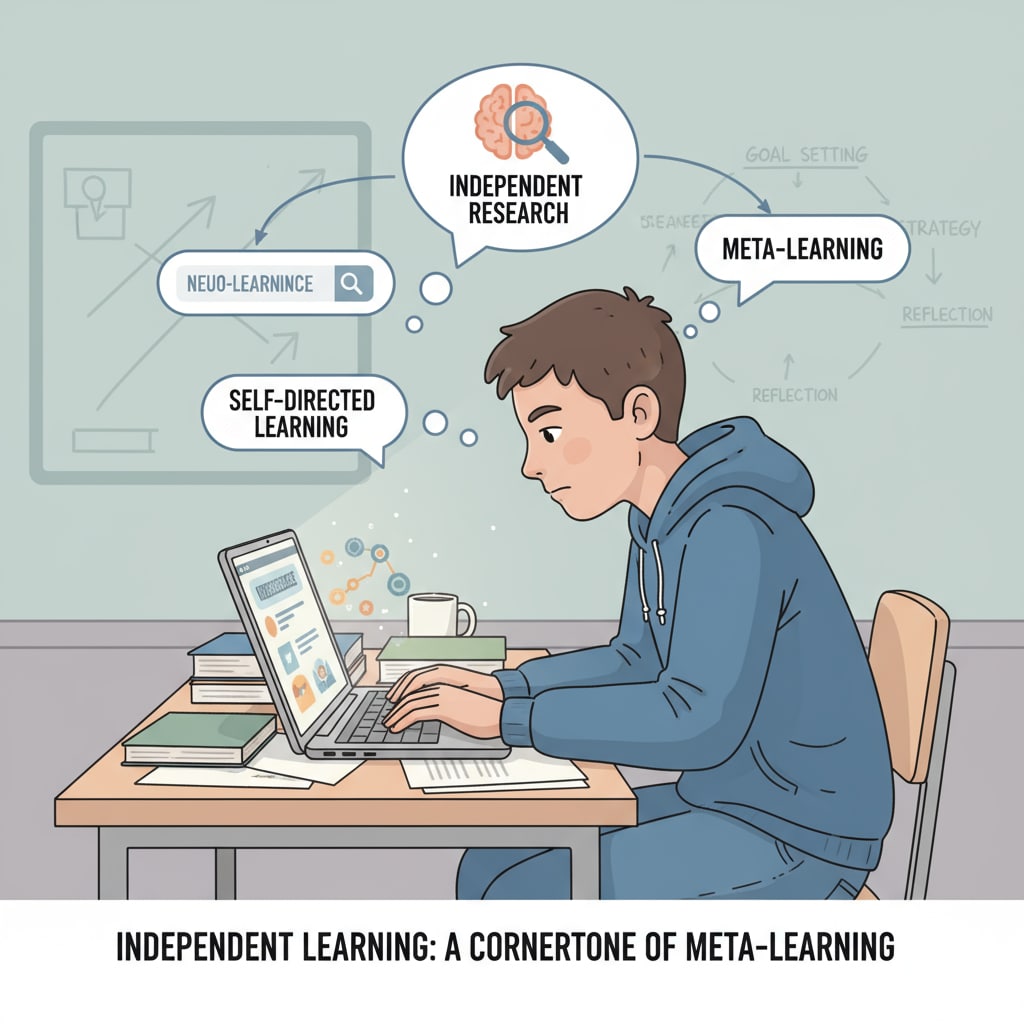Deep learning, meta – learning, and self – directed learning are at the heart of a new approach to education that can transform the K12 experience. In Scott Young’s book Ultralearning, nine principles are outlined that have the potential to revolutionize how students in the K12 system learn. These principles empower students to move beyond traditional rote learning and become active participants in their educational journey.

The Foundation of Ultralearning: Self – Directed Learning
Self – directed learning is the cornerstone of ultralearning. In the K12 context, it means students take the initiative to set their learning goals. Instead of simply following the teacher’s instructions, they explore their interests. For example, a student interested in environmental science might choose to research local pollution issues. This not only makes learning more engaging but also develops critical thinking skills. According to Wikipedia’s entry on Self – Directed Learning, self – directed learners are more likely to retain knowledge and apply it in real – world situations.

Meta – Learning: Understanding How You Learn
Meta – learning involves being aware of one’s learning process. In K12 education, students can be taught to identify their learning styles. Some students are visual learners, while others are auditory or kinesthetic. By understanding this, they can tailor their study methods. For instance, a visual learner might use mind maps to organize information. As stated in Psychology Today’s article on Meta – Learning, meta – learning helps students become more efficient learners, which is a crucial aspect of ultralearning.
Another important principle of ultralearning is retrieval practice. This means actively recalling information rather than just rereading it. In K12 classrooms, teachers can encourage students to use flashcards or practice quizzes. Retrieval practice strengthens memory and improves understanding. In addition, spaced repetition, where learning is spread out over time, can enhance long – term retention. For example, a student studying vocabulary can review words at increasing intervals to better remember them.
Readability guidance: Each section focuses on a key aspect of ultralearning related to deep learning, meta – learning, or self – directed learning. Short paragraphs and clear explanations make the content accessible. Transition words like “for example” and “in addition” help connect ideas.


